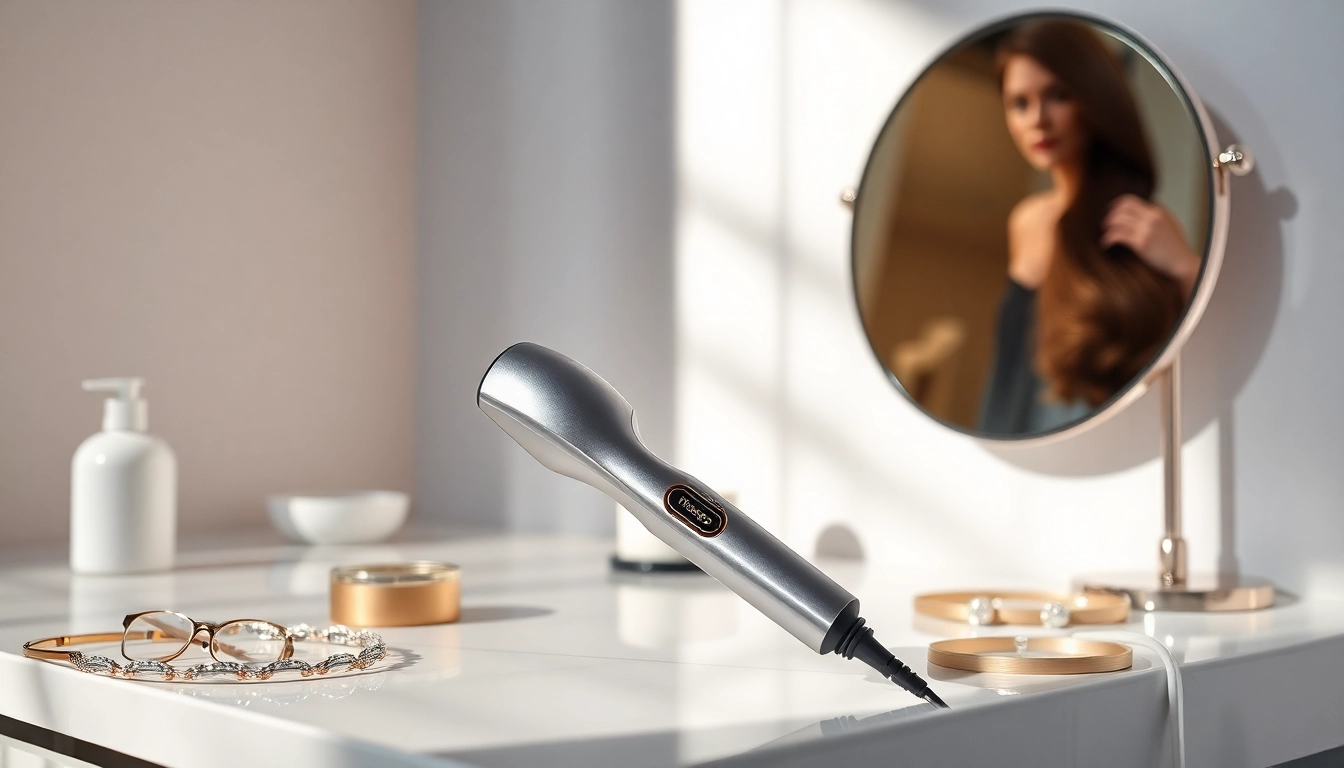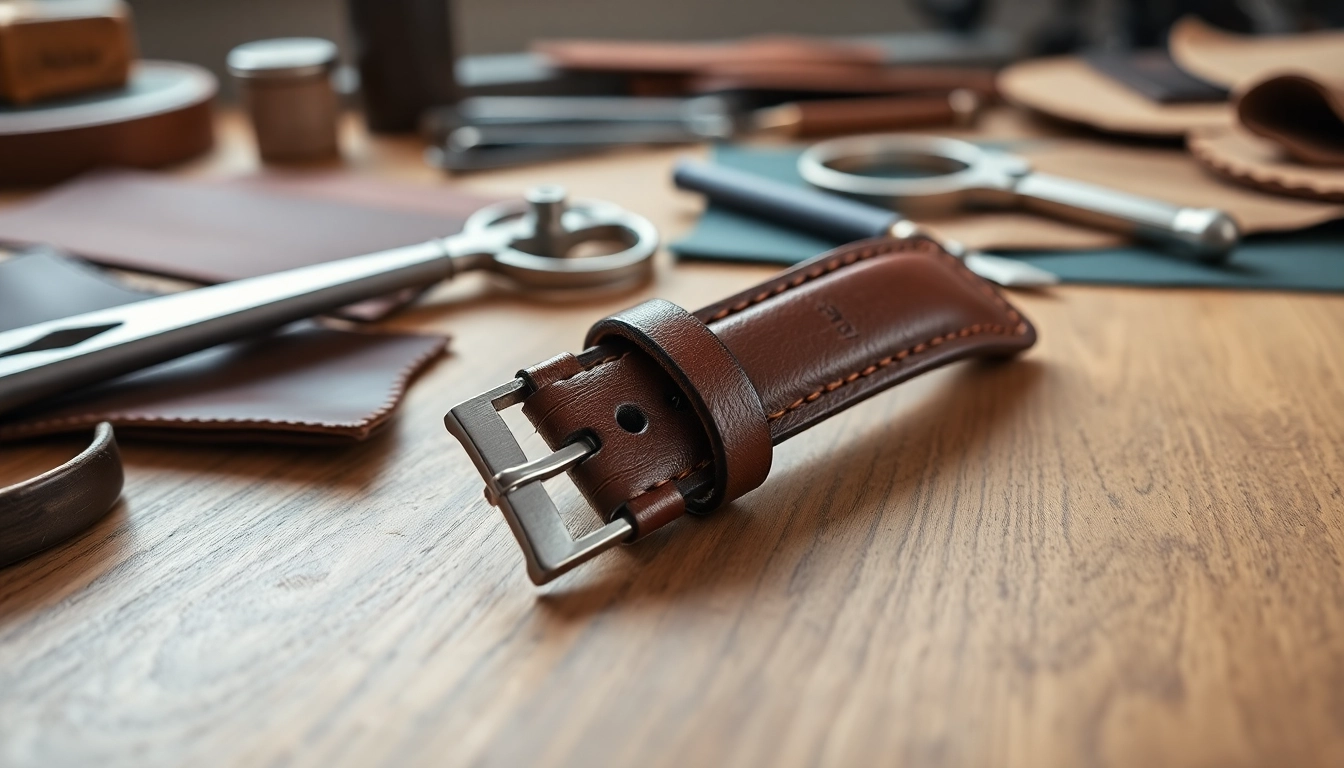Introduction to ZIP WIRE KITS
ZIP WIRE KITS offer an exhilarating way to experience the thrill of gliding from great heights, providing both adventure and a unique perspective of the surrounding landscape. From personal backyards to amusement parks and team-building retreats, these kits have revolutionized how we approach outdoor activities. Designed for ease of installation and use, ZIP WIRE KITS cater to a variety of settings, allowing users to create fun and engaging experiences. Understanding the components and selecting the right kit are essential for maximizing enjoyment and safety.
What Are ZIP WIRE KITS?
ZIP WIRE KITS, often referred to as zip line kits, are ready-to-install packages that include all the essential components needed to create a zip wire system. These kits typically feature cables, pulleys, platforms, and safety harnesses, enabling both novices and experienced users to set up their own zip line. The popularity of these kits has surged due to their versatility—they can be used in various environments including residential properties, parks, and entertainment venues. The thrill of soaring through the air adds a dynamic element to outdoor recreation, appealing to both adventure seekers and families looking for fun activities.
Popular Uses of ZIP WIRE KITS
The applications of ZIP WIRE KITS are as diverse as their users. Common uses include:
- Residential Installations: Homeowners use ZIP WIRE KITS to transform their backyards into adventure parks, offering an exciting activity for children and adults alike.
- Adventure Parks: Many commercial adventure parks incorporate ZIP WIRE KITS as a signature attraction, enhancing their offerings with thrilling zip line experiences.
- Team Building Activities: Corporate teams often utilize ZIP WIRE KITS for team-building exercises, promoting trust, communication, and camaraderie through shared adventure.
- Outdoor Education Programs: Schools and organizations focused on outdoor education frequently implement zip lines to teach students about physics, teamwork, and risk management in a hands-on manner.
Key Components of ZIP WIRE KITS
Understanding the components of ZIP WIRE KITS is crucial for successful installation and operation. Essential elements typically include:
- Cable: High-strength steel cable supports the weight of the rider and ensures safety.
- Pulleys: Smooth-running pulleys allow for swift and safe movement along the cable.
- Harness: A robust harness secures the rider, providing comfort and safety during the experience.
- Anchor Points: Secure anchor points are vital for the stability of the zip line system, ensuring it can withstand the dynamic forces experienced during use.
- Platform: Platforms serve as launch and landing zones, often designed for easy access and safety.
Choosing the Right ZIP WIRE KITS
Selecting the appropriate ZIP WIRE KITS can significantly impact the overall enjoyment and safety of the zip line experience. It’s essential to evaluate various factors before making a decision.
Factors to Consider When Selecting
When choosing ZIP WIRE KITS, several factors should be considered to ensure optimal suitability and performance:
- Length and Height: Consider the desired length and height of your zip line. Different kits accommodate various distances and elevation changes.
- Weight Capacity: Each kit has a maximum weight limit. Ensure the selected kit can safely accommodate all potential users.
- Installation Location: Evaluate the topography of the installation site. Steps to secure the setup can vary based on terrain.
- Usage Purpose: Determine if the kit will be used for recreational fun, educational purposes, or commercial ventures, as this influences the choice of components.
Comparative Analysis of ZIP WIRE KITS Options
Conducting a comparative analysis of different ZIP WIRE KITS available in the market is advisable for informed decision-making. Key considerations include:
- Kits for Beginners vs. Advanced Users: Beginners might prefer simpler kits with fewer components, while experienced users may seek advanced kits that offer more features or higher weight limits.
- Material Quality: High-quality materials often translate into improved longevity and safety. It’s essential to review the specifications of the materials used, including weather resistance and durability.
- Price vs. Features: Compare the pricing of various kits with their respective features to ensure value for money. Sometimes, a higher price can correlate with better safety ratings and additional features.
Reading Product Reviews for ZIP WIRE KITS
Product reviews can provide invaluable insights when researching ZIP WIRE KITS. Look for these key aspects in reviews:
- User Experiences: Feedback from customers who have installed and used the kits can highlight practical advantages and potential issues.
- Expert Opinions: Seek reviews by professionals or influencers in the outdoor recreation industry, as they can provide trustworthy evaluations based on their expertise.
- Safety Feedback: Pay attention to comments about safety features and experiences related to safety during use.
Setting Up Your ZIP WIRE KITS
Once you have selected the appropriate ZIP WIRE KITS, understanding the setup process is crucial to ensure a successful installation.
Essential Tools for Installation
Equipping yourself with the right tools will facilitate a smooth installation process. Common tools required include:
- Power Drill: Essential for creating anchor points.
- Wrenches and Sockets: Necessary for securing components tightly.
- Measuring Tape: Used for precise measurements to ensure proper installation height and distance.
- Level: To confirm that the cable runs straight and level.
- Safety Gear: It’s crucial to have gloves and safety glasses during installation.
Step-by-Step Installation Guide
The installation process can vary depending on the specific kit, but a general guide includes:
- Choose the Location: Identify suitable trees or posts that are strong enough to support the zip line.
- Prepare Anchor Points: Securely install anchor points at both ends based on the recommended height.
- Install the Cable: Thread the cable through the pulleys attached to the anchor points, ensuring it is tightly secured.
- Attach the Platform: Set up the launch and landing platforms, ensuring they are stable and level.
- Test the Setup: Before any use, conduct a thorough inspection to confirm everything is tightly secured and correct.
Safety Precautions During Setup
Safety should be a priority throughout the setup process. Key precautions include:
- Assessing Site Conditions: Examine the site for stability and ensure the installation area is clear of obstacles.
- Proper Use of Safety Gear: Always wear protective equipment when handling tools and components.
- Follow Manufacturer Instructions: Adhere to all guidelines provided in the installation manual for optimal safety and performance.
Maintenance Tips for ZIP WIRE KITS
Regular maintenance of your ZIP WIRE KITS is vital to prolonging their lifespan and ensuring safety during use. Here are recommendations on how to maintain your zip line system effectively:
Regular Inspection Guidelines
Conducting regular inspections can prevent issues and ensure consistent performance. Focus on:
- Cable Condition: Routinely check the cable for signs of wear, fraying, or rust.
- Pulley Functionality: Ensure that pulleys are rotating smoothly and are free from debris.
- Harness Condition: Regularly inspect the harness for tears or degradation, replacing it as necessary.
- Anchor Integrity: Confirm that anchor points are securely installed and stable.
Cleaning and Caring for ZIP WIRE KITS
Keeping your ZIP WIRE KITS clean is essential for maintenance:
- Remove Debris: Clear away leaves, dirt, and other debris that might obstruct the cable or pulleys.
- Cable Lubrication: If applicable, use suggested lubricants on moving parts to ensure smooth operation.
- Weather Protection: Store components away from extreme weather conditions where possible or use protective covers.
Common Issues and Troubleshooting
Common problems can arise with ZIP WIRE KITS. Recognizing symptoms early can help in troubleshooting effectively:
- Reduced Speed: If riders experience slower speeds, check for debris lodged in pulleys or cable tension issues.
- Noisy Operation: Unusual sounds may indicate the need for lubrication or potential damage to components.
- Harness Issues: Any discomfort reported by users could necessitate harness adjustments or replacements.
Benefits of Using ZIP WIRE KITS
Utilizing ZIP WIRE KITS delivers numerous benefits that enhance both personal enjoyment and community bonding. Here are several key advantages:
Enhancing Outdoor Experiences
ZIP WIRE KITS significantly enhance outdoor experiences by providing a thrilling and unique way to interact with nature. Users often report feelings of exhilaration and freedom when soaring through the air, which can lead to a positive appreciation of the outdoors.
Building Team Cohesion with ZIP WIRE KITS
Team-building exercises incorporating ZIP WIRE KITS foster teamwork and collaboration. Facing challenges together, such as zip line installation or navigating through the experience, helps to build trust among participants, ultimately enhancing group dynamics.
Promoting Physical Activity and Fun
Incorporating ZIP WIRE KITS into outdoor activities naturally promotes physical activity and fitness. Engaging in such active pursuits combats sedentary lifestyles, offering not only enjoyment but also health benefits.














Leave a Reply